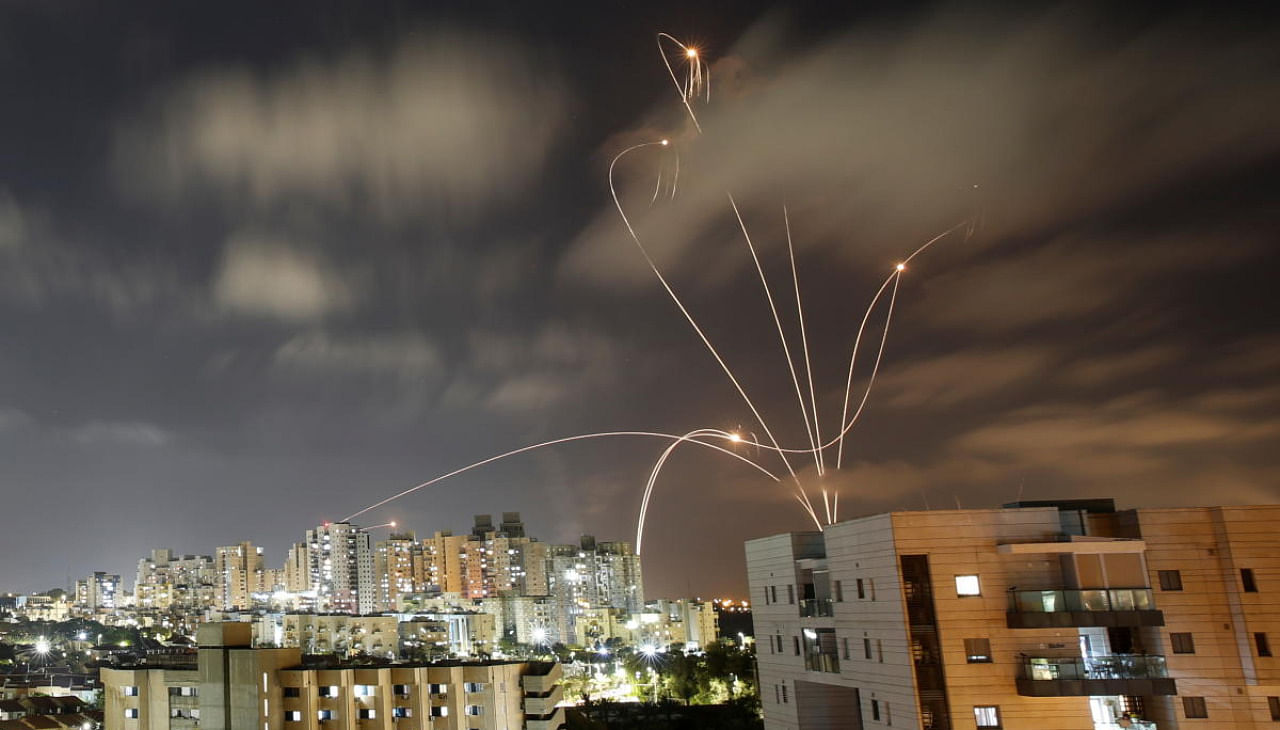
As rockets fired from Gaza rained down on the Israeli city of Ashkelon this week during the worst military conflict with Palestinian groups since 2014, they were intercepted by what appeared to be an invisible shield and exploded mid-air into thousands of glowing fragments.
Israel has been using an air defence system called the ‘Iron Dome’ to catch and neutralise Palestinian rockets amid an escalation in military tensions.
What is the Iron Dome?
The system was developed in 2000 by Israeli defence manufacturers, Rafael Advanced Defense Systems and Israel Aerospace Industries, with financial backing from the United States.
The Iron Dome was formally selected as Israel's missile defence system in 2007, the same year the Islamist group Hamas took control of the Gaza Strip.
The technology, designed to prevent short-range rockets, was put into use in 2011; it brought down a BM-21 Grad launched from Gaza within a month. Israeli officials and defence companies claim the defence system has a success rate of more than 90 per cent.
How does the Iron Dome work?
The system uses an active radar and Tamir interceptor missiles to detect small high-speed flying targets like rockets and detonates the missile’s warhead with perfect timing to destroy it in the air.
When the radar detects a rocket, the automated system calculates and monitors its trajectory, and makes an estimation of where the rocket might land. It will intercept the rocket if it is likely to land in a populated area, near a military base or important infrastructure. If the rocket is likely to land in an unpopulated area, in the empty desert or into the sea, the Iron Dome does not try to intercept it.
'The Iron Dome saves lives'
Up to January, the Iron Dome had intercepted over 2,400 projectiles during the past decade, Israel Missile Defense Organization Head Moshe Patel told local media in the past. With each launch reportedly costing almost $50,000, it has "saved hundreds of lives".
However, the system is not flawless. It can be overwhelmed if the barrage of rockets at any one point in time is too large and rockets could break through its defences. Palestinian militant group Hamas has tried to make use of this shortcoming by firing crude and inexpensive rockets in massive crowded salvos at the dome.